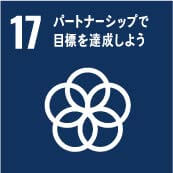Small Hydropower Plant of the Farmers, for the Farmers, by the Farmers
- Mr. Hiromichi Tanaka, Chairman of Ohito Power Generation Agricultural Cooperative
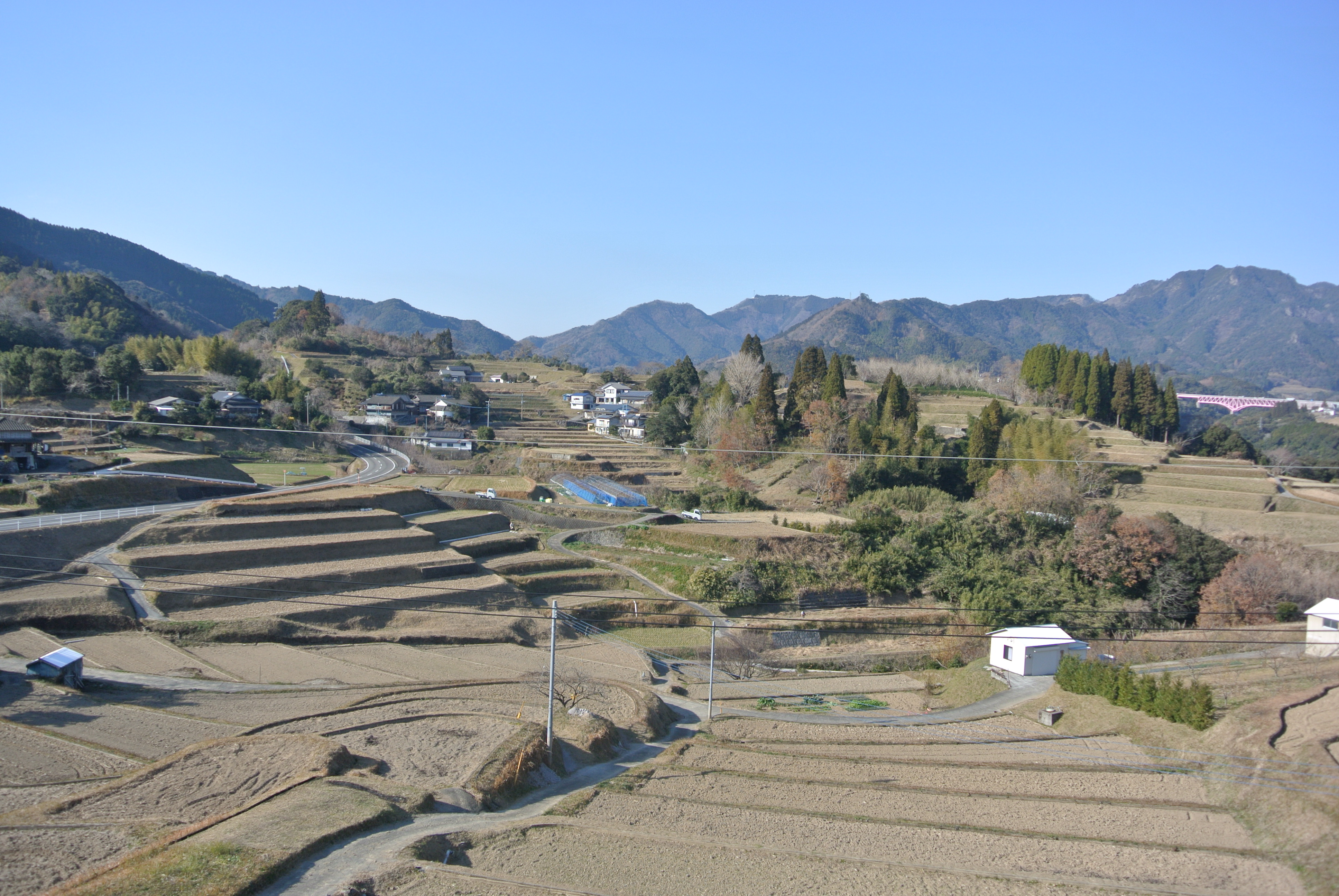
A beautiful sight of terraced fields spreads out in Ohito Village of Hinokage Town. Supplying water for rice farming to this area surrounded by mountains are the mountainside irrigation canals of Takachihogo-Shiibayama Site, where Hinokage is located.
As most of the land in Takachihogo-Shiibayama Site is located on canyonsides, drawing water from rivers proves to be difficult, and a water source must therefore be found in the mountains. The mountainside irrigation canals that crawl along the mountains were created for this purpose, and the longest stretches some 81 km.
The mountainside irrigation canal that supplies water to Ohito draws from Oikawa River, situated across a mountain. The canal weaves its way through 10 km of steep slopes to supply water to terraced fields.
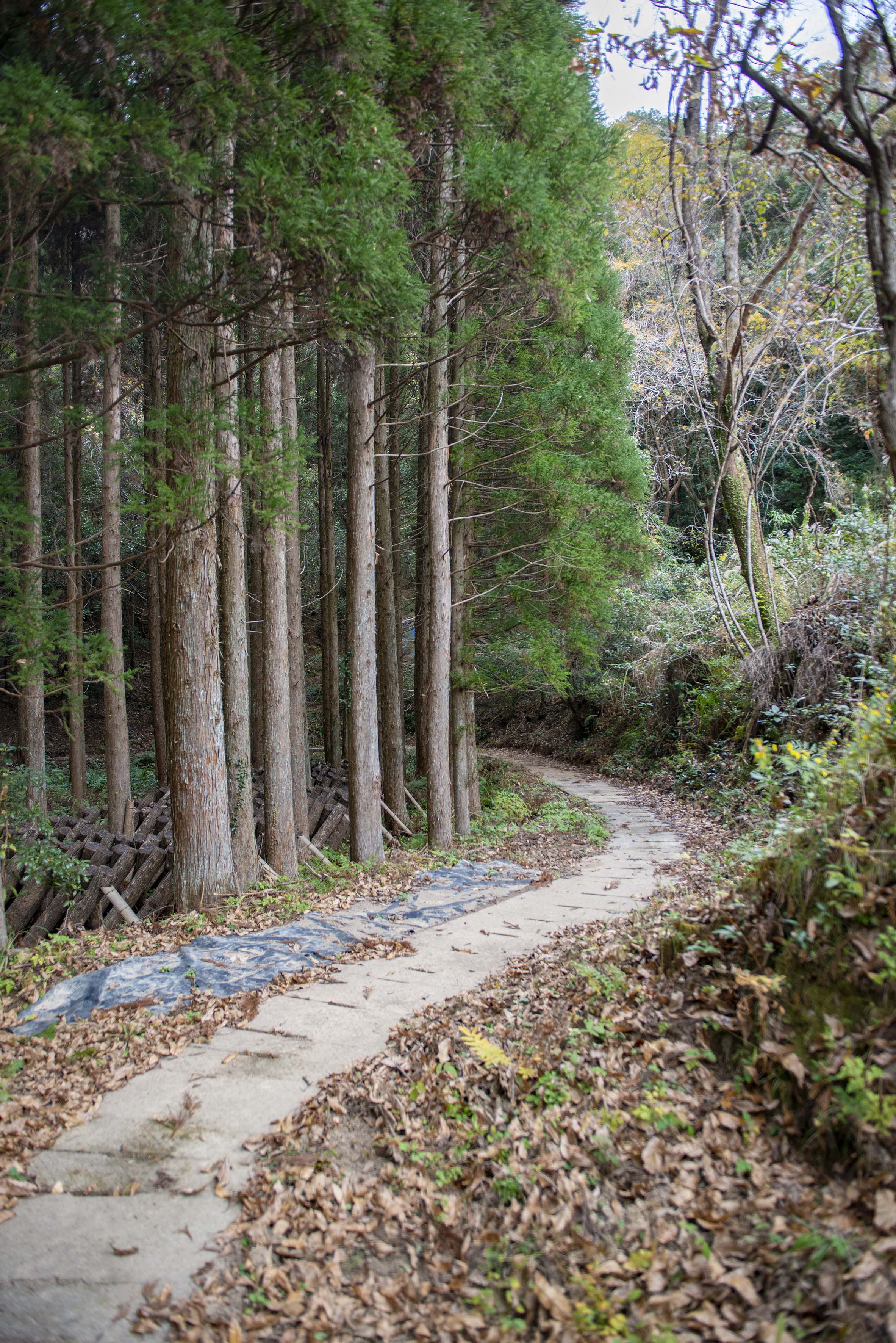
Covering the mountainside irrigation canal keeps out leaves and trash that hinder small hydropower generation.
Further usage of the canal
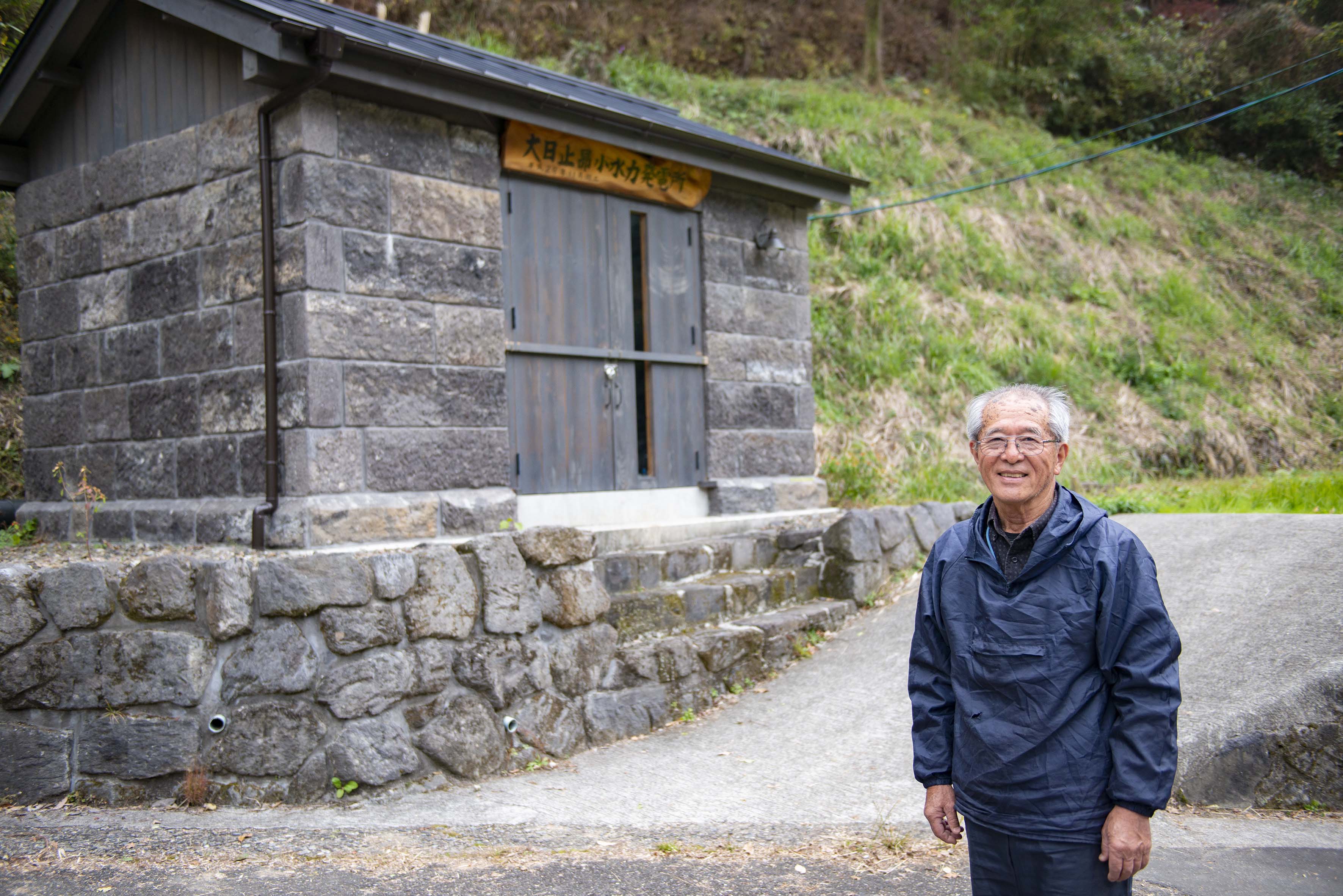
The mountainside irrigation canal of Ohito was completed in 1922. People who wished for a steady yield in their rice paddies worked hard to realize their dream, and the total area of rice paddies tripled from 10 to 30 hectares after completion of the canal.
Ever since, the canal has been maintained with great care by local citizens.
Could the mountainside irrigation canal be used for a different purpose to benefit the community?
One man pondered this question. It was Mr. Hiromichi Tanaka, who became president of the Ohito Irrigation Union in 2011.
“When I became president, the canal was already covered, so there wasn’t much work to do. When I thought about what I could do, I came up with the idea of using the canal for another purpose.”
Mr. Tanaka set his sights on small hydropower generation using water flowing through the canal.
“I thought generating power using the water in the canal and selling it would further benefit the community. As the population in Ohito is aging, maintenance of the canal and other farming facilities is becoming difficult. Furthermore, we must pass on the region’s traditional cultures of Ohito Kabuki and Night Kagura to the next generation. I thought utilizing the profit from selling electricity would help solve these problems.”
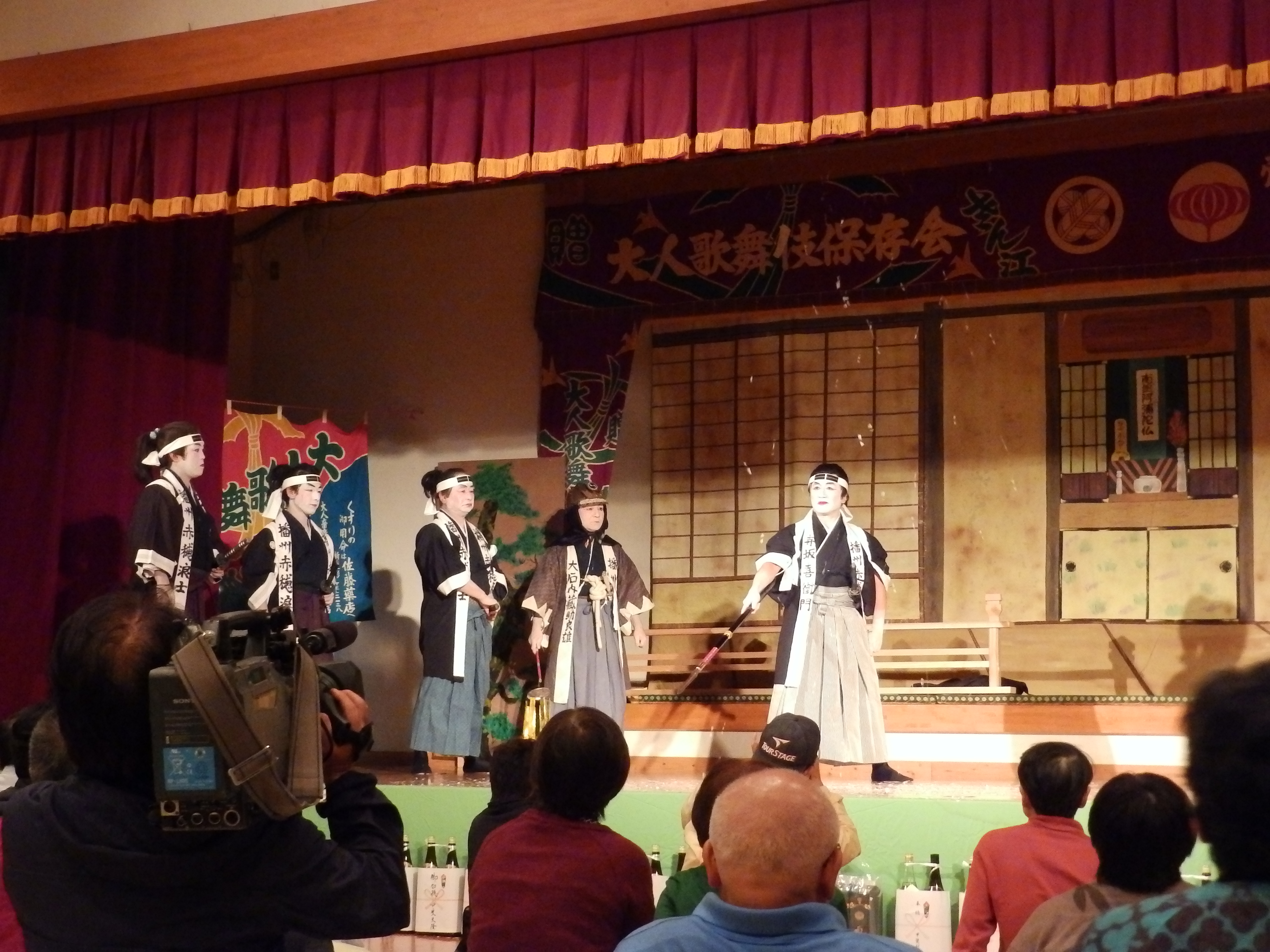
Ohito Kabuki
The only form of farming village kabuki theater in the Kyushu region. It is an Intangible Folk Cultural Property of Miyazaki Prefecture with over 400 years of history. The cherry blossom performance in April and main performance in October attracts many visitors from outside the prefecture.
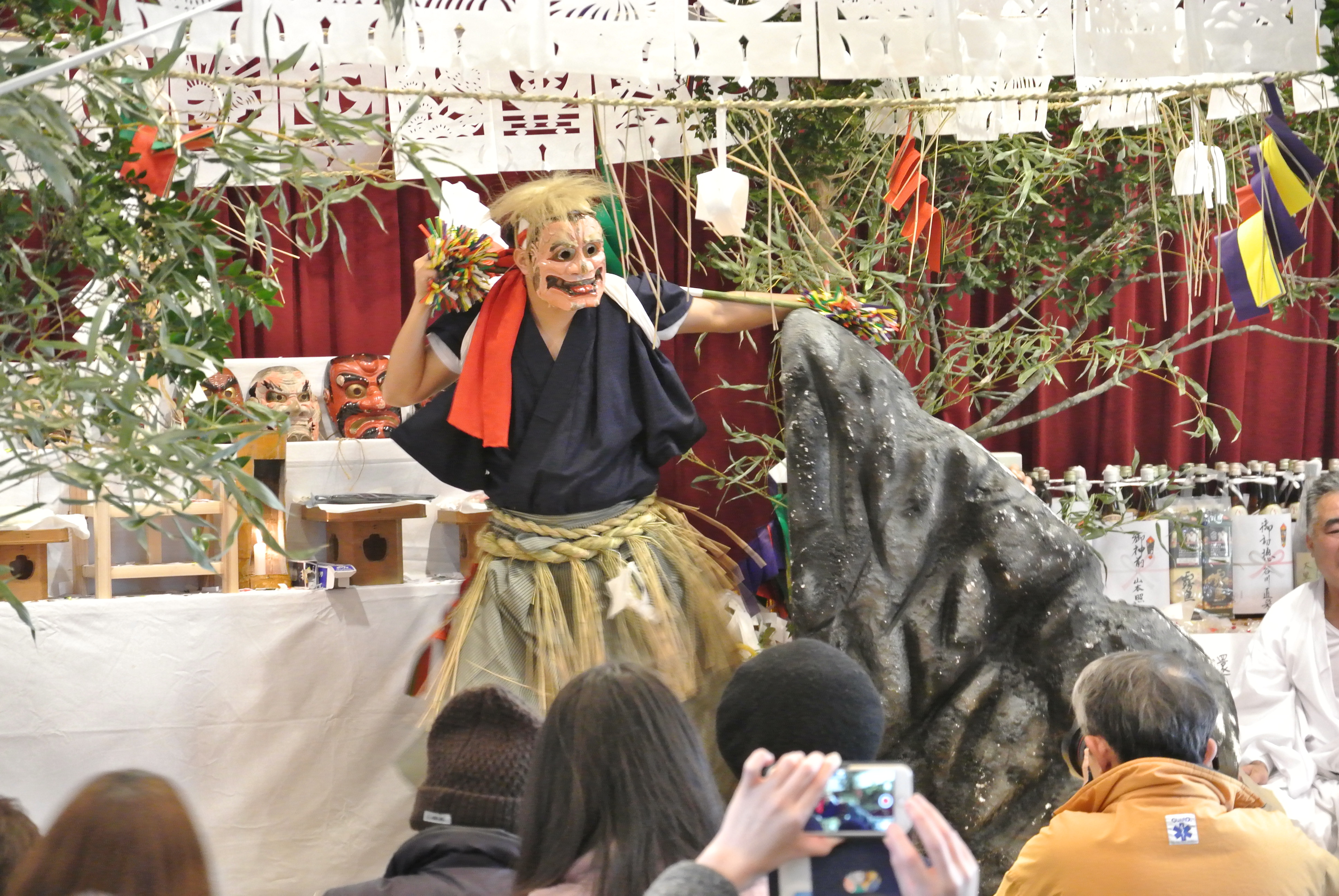
Ohito Kagura
A dance is offered from November to February as gratitude for crops and prayer for good harvest the following year.
The community coming together for the Power Generation Agricultural Cooperative
Following Mr. Tanaka’s proposal, the plan to build a small hydropower plant was put into motion right away. However, there were some obstacles that needed to be overcome.
“In hindsight, it’s kind of funny, but having the community come together as one proved to be difficult. We decided to establish an agricultural cooperative to construct and maintain the power plant, but we ran into funding and rights issues. There are a few areas that set out to construct a small hydropower plant before us, but the people couldn’t come together, and it still hasn’t happened. In our case, there’s a strong bond between citizens thanks to our traditional events such as kabuki and kagura. In the end, everyone really cares for Ohito, and that’s why we were able to realize our goal of constructing a power plant.”
Owing to Mr. Tanaka’s efforts, all members of the public hall in Ohito, including non-farmers, have joined the Ohito Power Generation Agricultural Cooperative established in 2016.
Protecting community and tradition
The plant, named the “Ohito Subaru Small Hydropower Plant,” was completed in 2018 and started operation the same year. The plant’s sales exceeded 10 million yen in its first year, and the profit left after subtracting running costs was used for the community, such as installing security lighting.
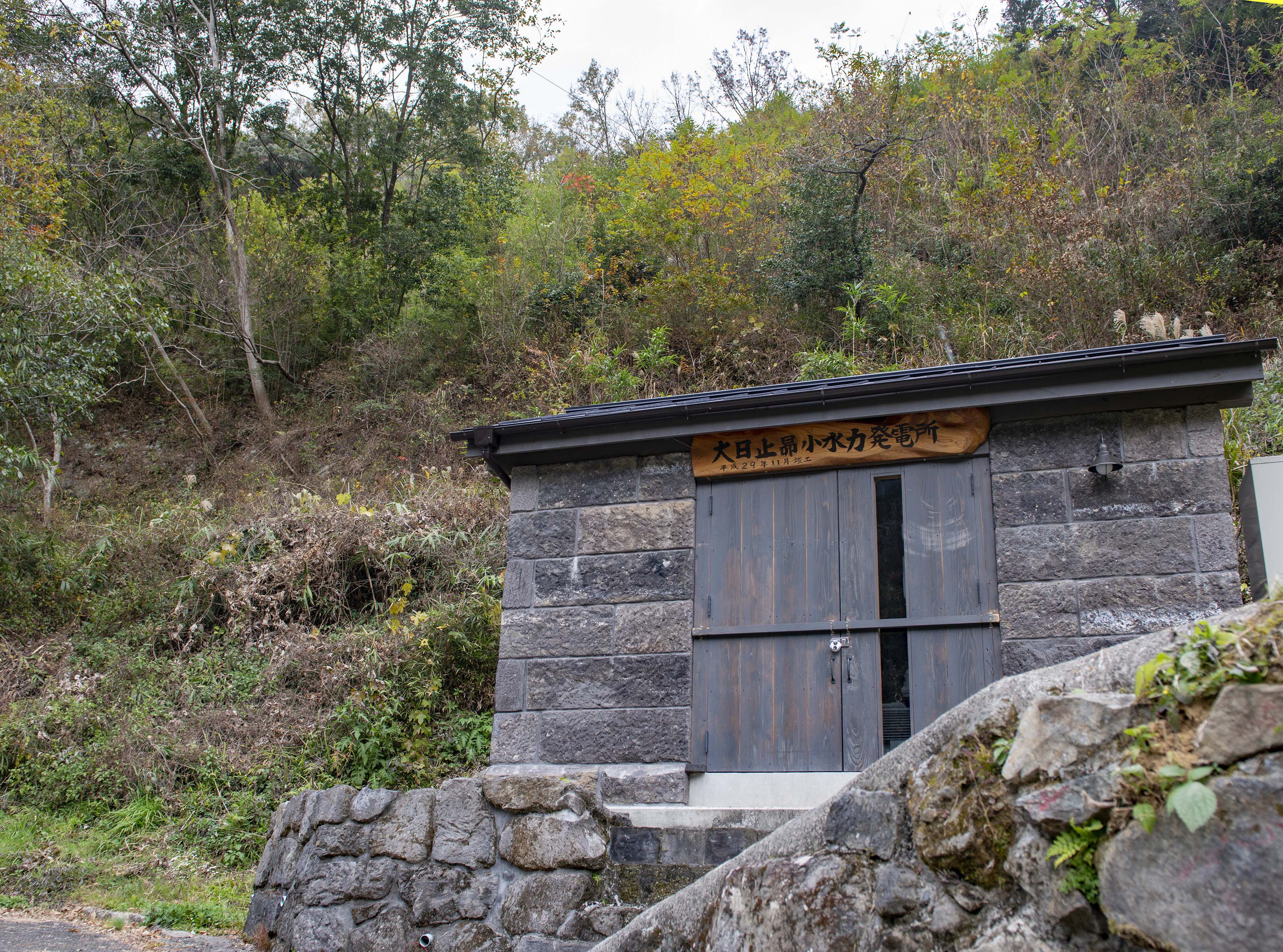
Power is generated through the approx. 85-meter drop from the irrigation canal intake. The water used for power generation returns to the river and causes no stress on the environment.
“Even with the minimum amount of power generation, roughly 2.5 million yen is left as profit a year. We use 200,000 yen of that profit for the public hall. As more citizens are having the public hall fee waived after turning 75 years old, we need to make up for the diminishing income. Furthermore, the public hall collects a “festival fee” from each household for the kabuki and kagura, but in the future, I’d like to increase funds from the power plant so that we don’t have to collect the fee from people. This kind of support for the public hall is only possible because every household in the area has joined the Power Generation Agricultural Cooperative.”
The small hydropower plant of the farmers, for the farmers, by the farmers has added new value to the irrigation canal created by their predecessors. It continues to generate electricity to this day while taking on the responsibility of supporting Ohito Village’s future.






